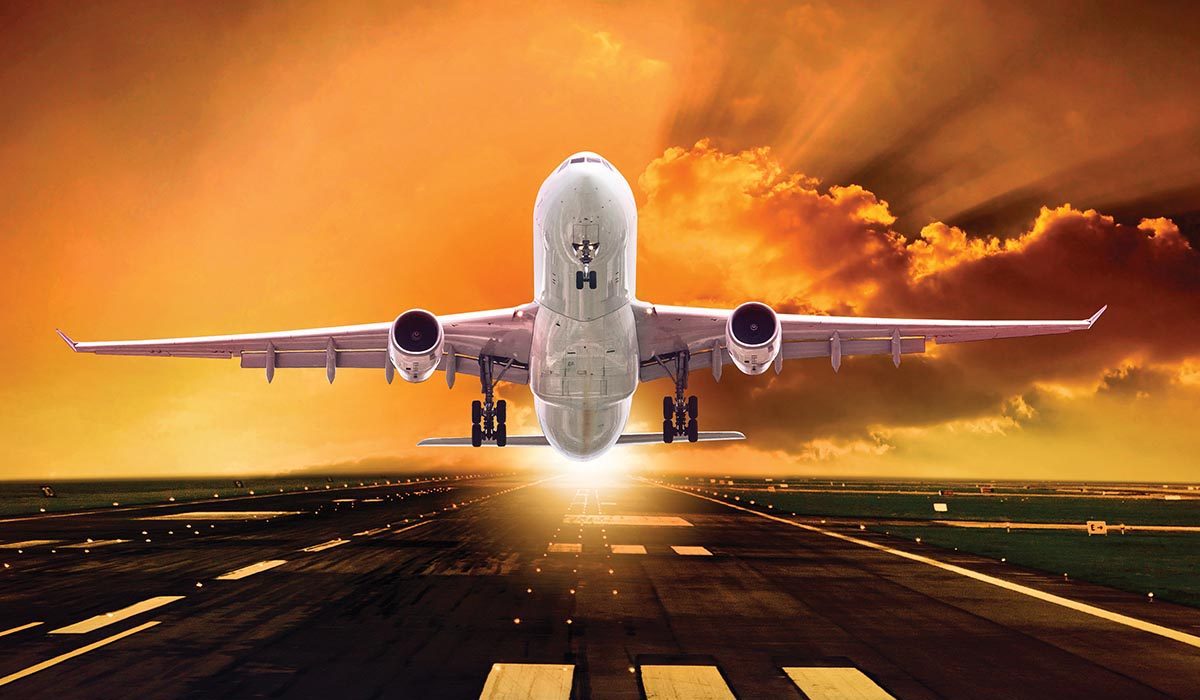This is almost entirely irrelevant to the discussion of a single recreational dive within limits. From
Flying After Diving "There is little experimental or published evidence on which to base a recommendation for decompression dives. A preflight surface interval substantially longer than 18 hours appears prudent." Compare to the section discussing what the recommendation of 12 and 18 hours are based on: "For single no-stop dives to 60 fsw (18 msw) or deeper, there were no cases of DCS with surface intervals of 11 hours or longer."
This is exactly what is assumed in all the models used to make the recommendation. The
navy dive manual explicitly discusses the cases of altitude diving and driving over a mountain pass. The maximum risk is assumed to be from the maximum increase in altitude. On 32% table 10-1 gives an EAD for 60 ft of 50 ft. If you then use table 9-7 for air at 50 ft the NDL is 92 minutes which puts you in navy group M.
Going to table 9-6 (assuming note 3 holds) the required surface interval is 18 hours, which is the DAN recommendation for moderate exposures. Not really a coincidence. It's because all the decompression models are based on the same trial data and simmilar assumptions about the physiology. In practice no dive op is going to give you 92 minutes, if you assume you spend less than an hour then the maximum group you could end up in is K. Then the time to fly is 15:35.
Also note the manual address the case of decompression dives "Exceptional Exposure - Wait 48 hours before ascent"
Maybe not to reduce their time to fly, but if you use the same time at depth and surface interval using Nitrox does reduce risk. From
Guidelines for Flying After Diving, "Diving nitrox and pre-breathing oxygen reduces risk of DCS in flying after diving."
They have studied this. The original 90's trials used a 4 hour flight. The
more recent reports concluded "For example, it has always been believed that a flight of long duration poses greater risk in respect to a flight of medium duration; instead it is exactly the opposite. This is most likely due to the altitude of the aircraft pressurization, approximately 1500-1800 metres above sea level for travel to the Maldives, and 2400 metres above sea level (maximum allowed) for trips to closer destinations."
I would be interested in their response, but they don't have a magic-8 ball to see if you individually are prone to bubbling. With a 48 hr surface interval there is virtually 0 risk. with a 12 hour interval there is a small, but hard to quantify non-zero risk. Between that it's down to your own risk tolerance and physiology, with the risk falling off exponentially with interval.





